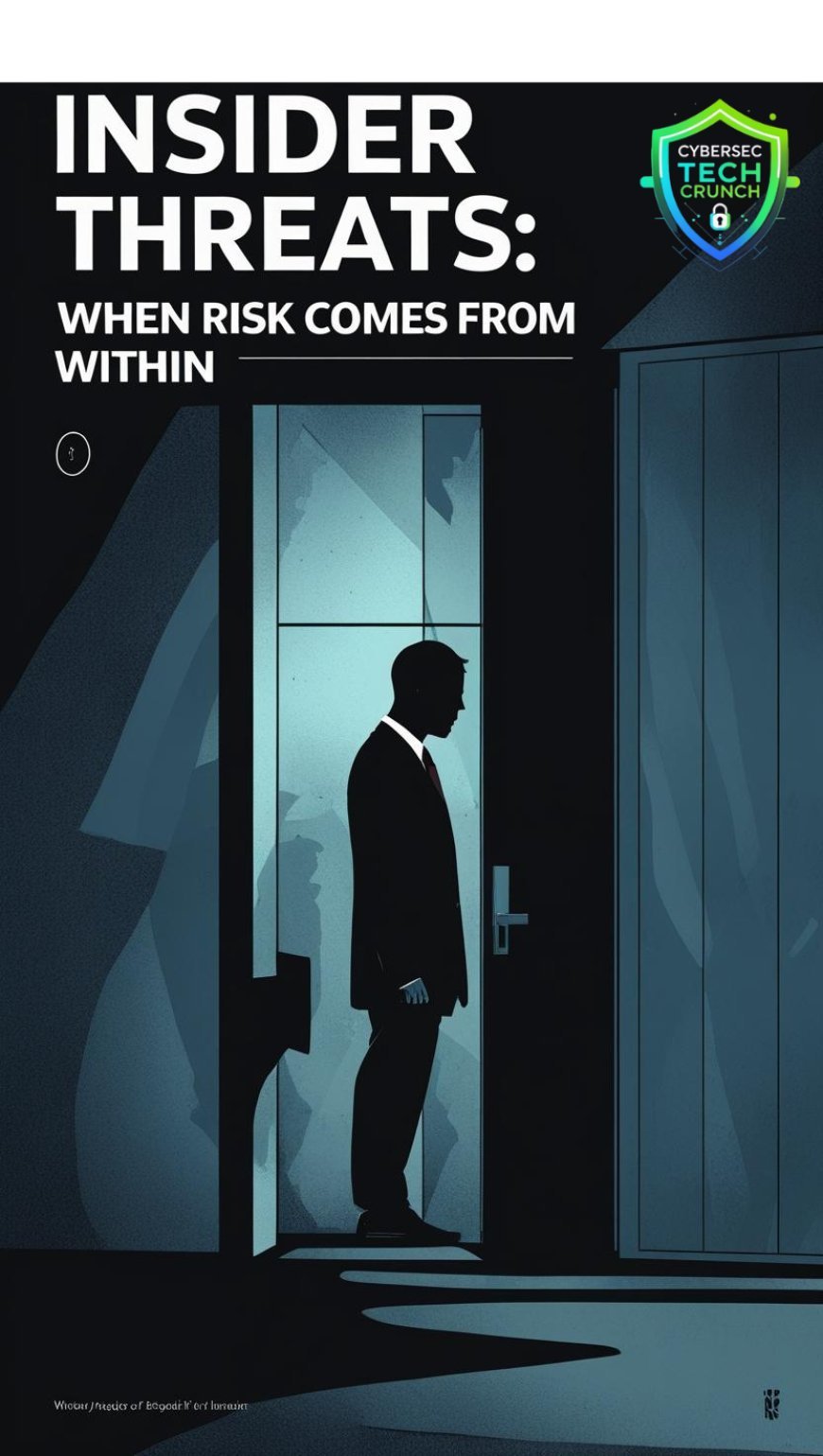Insider Threats: When Risk Comes from Within

Insider Threats: When Risk Comes from Within
Cybersecurity conversations often center on external threats-hackers, malware, nation-state actors-but one of the most complex and dangerous challenges an organization can face comes from the inside. Insider threats, whether driven by malice or simply by human error, have the potential to do immense damage because they originate from a place of trust.
Employees, contractors, and partners are granted access to systems, data, and infrastructure to do their jobs. That very access, however, can be turned into a weapon-sometimes intentionally, sometimes accidentally. And because insiders already live behind the firewall, their actions can be far more difficult to detect and stop in real time.
Intentional insider threats usually stem from disgruntled employees, opportunists, or individuals coerced by external actors. These insiders might steal intellectual property, manipulate systems, or even sabotage operations. Their motives vary-revenge, financial gain, ideological beliefs-but the damage they cause can be catastrophic. Often, they understand the internal workings of a company well enough to avoid detection until it's too late.
Yet the more common threat isn’t malicious-it’s accidental. A well-meaning employee who clicks on a phishing link, shares a password over an insecure channel, or misconfigures a cloud storage bucket can unknowingly open the door to a breach. These incidents may lack malicious intent, but they can still expose sensitive information, disrupt services, and trigger costly compliance violations.
The rise of remote and hybrid work has only magnified these risks. Employees now access company systems from personal devices, home networks, and coffee shop Wi-Fi. The traditional perimeter has dissolved, and with it, the old ways of monitoring and securing user activity. Organizations have had to adapt quickly, often layering in new tools and technologies-but the human element remains as unpredictable as ever.
Addressing insider threats isn’t about mistrusting your team. It’s about building a culture where security is second nature and where the right systems are in place to detect risky behavior early. That means implementing access controls, monitoring user activity, and ensuring that employees only have access to the data and systems they need. It also means training staff regularly-not just once a year-with realistic scenarios that reflect today’s threat landscape.
Importantly, organizations must foster a work environment where employees feel supported. Many malicious actions begin with feelings of alienation or resentment. Open communication, fair treatment, and strong support systems can go a long way in reducing the risk of someone becoming an insider threat.
The truth is, insider threats can never be completely eliminated. But with awareness, education, and the right safeguards, they can be managed. Trust will always be a cornerstone of the workplace, but in today’s digital age, that trust must be smart, conditional, and constantly verified.

























